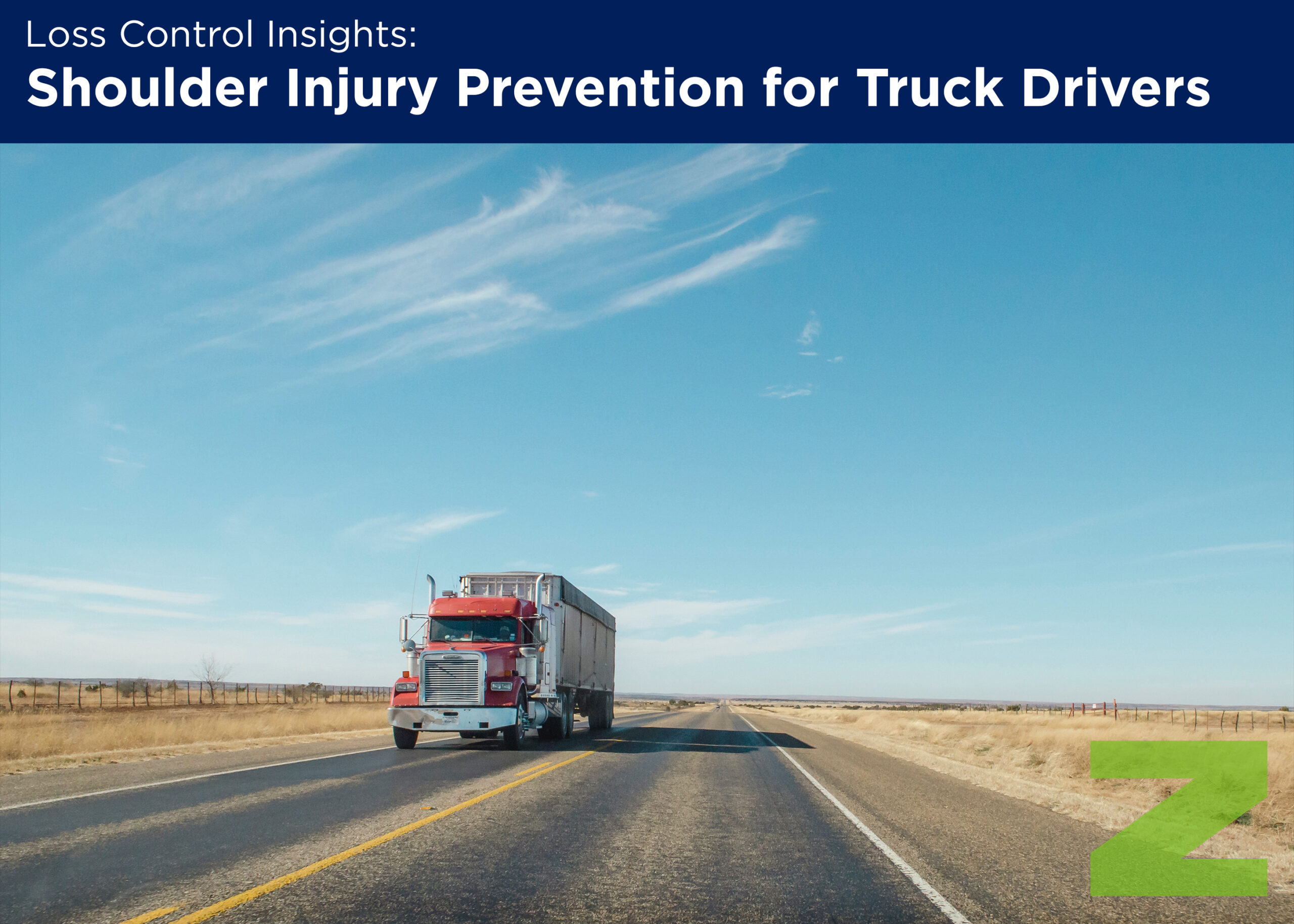Long-haul truck drivers sustain injuries and illnesses that keep them off the road at double the rate of workers in other professions considered to be hazardous, including construction and farming, fishing and forestry. A National Institute for Occupational Safety and Health (NIOSH) survey found that 26.3% of reported truck driver injuries were to their arms, and an additional 21.1 % were neck- or back-related.
According to EMC Engineering Services Supervisor Kody Daniel, EMC claims data shows that truck drivers do indeed encounter overexertion risks with injuries predominately involving shoulders, necks and arms. In 2018, 69% of the total incurred cost was a direct result of injuries involving those body parts.
Cause and Effect
So what is it about long-haul truck driving that causes shoulder, neck, arm and back injuries?
There are a number of tasks that truckers perform that can strain the shoulder muscles, including entering the vehicle by pulling up by the hand grips, cranking and lifting, the vibrations caused during driving, and lugging heavy items in and out of the truck. “And to make it worse, because of the long periods of inactivity while sitting in the driver’s seat, suddenly getting up and performing these activities with stiff muscles can cause a pull, strain or tear,” Kody says.
One way to stay safe is to combat fatigue by getting enough rest while on the road. Another is to stretch properly before doing any physical work. Check out the stretches found in EMC Safety Brief: Stretches to Guard Against Musculoskeletal Disorders and techniques for stretching found in EMC Tech Sheet: Flexibility in the Workplace.
Another powerful way to prevent injuries is to know how to safely perform routine tasks.
Cranking Correctly
When a driver picks up or drops off a trailer, cranking the landing gear or dolly leg up or down is a part of the process.
A 2018 study reported in Applied Ergonomics compared cranking while facing the truck trailer and sideways cranking versus cranking with the shoulder facing the trailer and the crank while the driver’s body position faced forward.
Results showed that when lowering the trailer, the driver should stand facing the trailer while cranking. The reverse is true when raising the trailer; for this task, it’s easier on muscles to stand parallel with the trailer while operating the crank. This sagittal cranking uses full body strength and protects the shoulder by relying on more body parts to distribute the force.
Other posture tips for cranking:
- Properly set the crank handle
- Bend the knees, not the back, to avoid back strain
- Separate the feet for stability
- Put one hand on the truck, again for stability (if facing the truck)
Other cranking tips include making accommodations or asking for assistance in icy conditions and wearing a reflective vest so other drivers can see you and steer clear as you work.
Other Shoulder Risks
- Lifting and carrying heavy boxes or other cargo is another risk for shoulders, necks and backs. To prevent pulls, strains and sprains, make use of tools such as carts and forklifts when loading and unloading cargo.
- The vibrations from the truck can also cause stress on hands, arms and shoulders as those vibrations move from the steering wheel into the appendages. The best way to overcome this stress is to take frequent breaks from driving. Flexing and stretching during breaks may also help your limbs recover.
- Relying on your arm or shoulder to pull your body weight when climbing into the cab is asking for trouble. Instead, use your core and leg strength to provide upward momentum.





